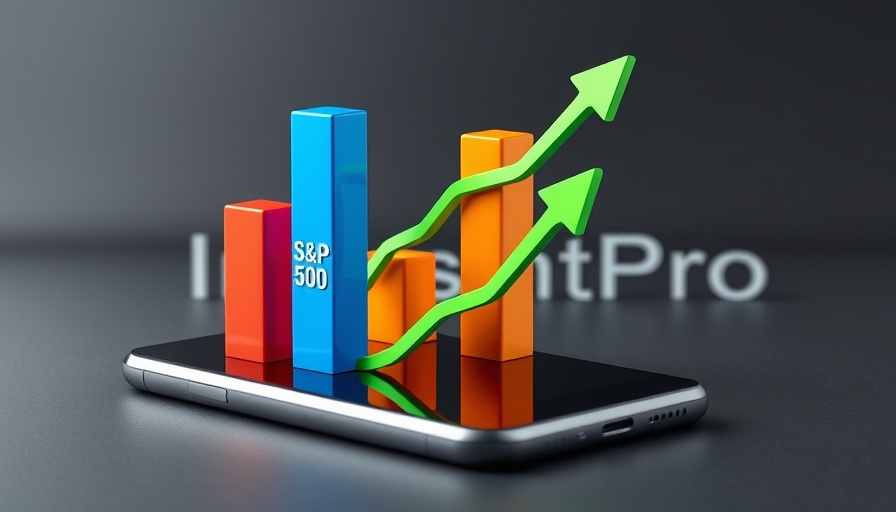
The Latest Updates on Tortoise Capital's Financial Standing
Tortoise Capital has released fresh updates about its financial health regarding two of its closed-end funds, Tortoise Energy Infrastructure Corp. (NYSE:TYG) and Tortoise Essential Assets Income Term Fund (TEAF). As of May 30, 2025, TYG reported a total asset value of approximately $969.2 million, with a net asset value hitting $772.2 million, which translates to a value of $44.80 per share. For anyone looking to understand these figures in context, they signify both the fund's growth and its strategies moving forward.
Understanding Asset Coverage Ratios: What They Mean for Investors
Essentially, asset coverage ratios are essential metrics that afford investors a glimpse into the financial stability of closed-end funds like TYG and TEAF. As of the provided date, TYG's asset coverage ratio under the 1940 Act for senior securities was reported at an impressive 679%, while its coverage ratio for preferred shares stood at 515%. These ratios not only help investors measure risk but also indicate how well the fund is positioned to cover its debts, which is critical information for anyone focused on investment strategies and portfolio diversification.
The Growing Role of Closed-End Funds in Modern Portfolios
With interest rates continuing to fluctuate, closed-end funds like TYG and TEAF are becoming increasingly popular among individual investors and financial professionals alike. They provide advantageous opportunities for income generation through dividends, especially in a volatile market. As people explore their options in the world of investment, understanding the dynamics of closed-end funds—particularly how they compare to traditional mutual funds or ETFs—becomes paramount. Factoring these into retirement investing strategies can yield significant benefits.
What These Figures Indicate for Future Investment Strategies
As we analyze Tortoise Capital’s performance, it is essential to consider how the trending metrics relate to broader economic indicators and investment environments. The high asset coverage ratios suggest a robust risk management strategy, making TYG and TEAF attractive options for investors seeking both growth and income. Looking towards the horizon, continued analysis of such metrics can aid in strategic asset allocation decisions that resonate with both growth and value investing philosophies.
Contextualizing Financial Figures: Implications for Investors
Understanding the implications of Tortoise Capital's reported figures is not just about numbers; it is about what these numbers mean in a rapidly evolving market landscape. Asset management professionals and DIY investors can leverage insights from TYG's update to enhance their own investment approaches. Analyzing how well various investment vehicles withstand market shifts and grasping investment fundamentals will support anyone's journey toward financial independence and success.
Actionable Insights for Everyday Investors
For those new to investing or looking to optimize their portfolio, it’s crucial to incorporate Tortoise Capital's model into your understanding of the stock market. Beyond simple buying and selling, consider diving deeper into asset-backed securities, the potential of dividend stocks, and the future of ‘impact investing.’ As trends evolve, building a resilient portfolio involves considering a mix of investment strategies that play into personal risk tolerance levels and market conditions.
In conclusion, Tortoise Capital’s recent disclosure not only illuminates its financial trajectory but also serves as a reminder for individuals to stay informed about their investments. By leveraging insights about balance sheets and asset coverage ratios, investors can make informed choices that support their financial goals in the long term.
 Add Row
Add Row  Add
Add 



Write A Comment